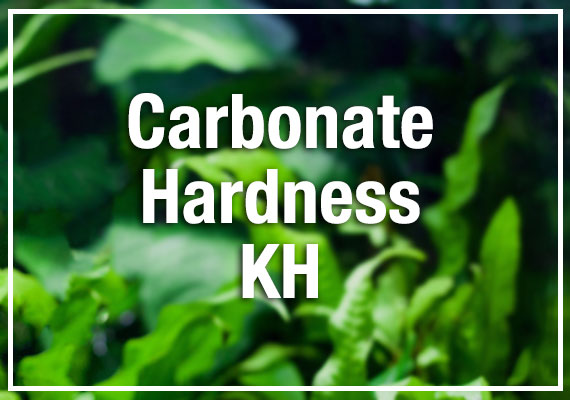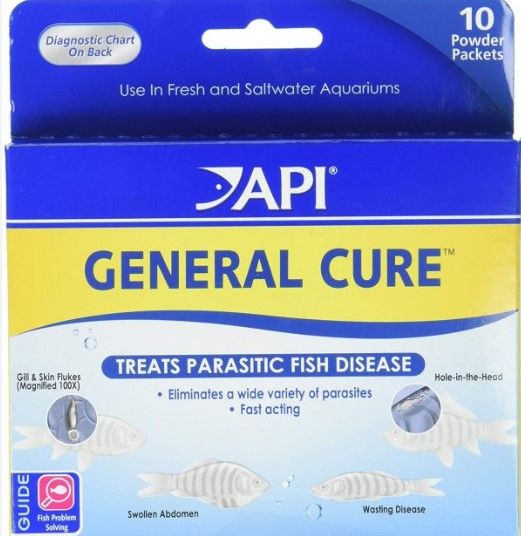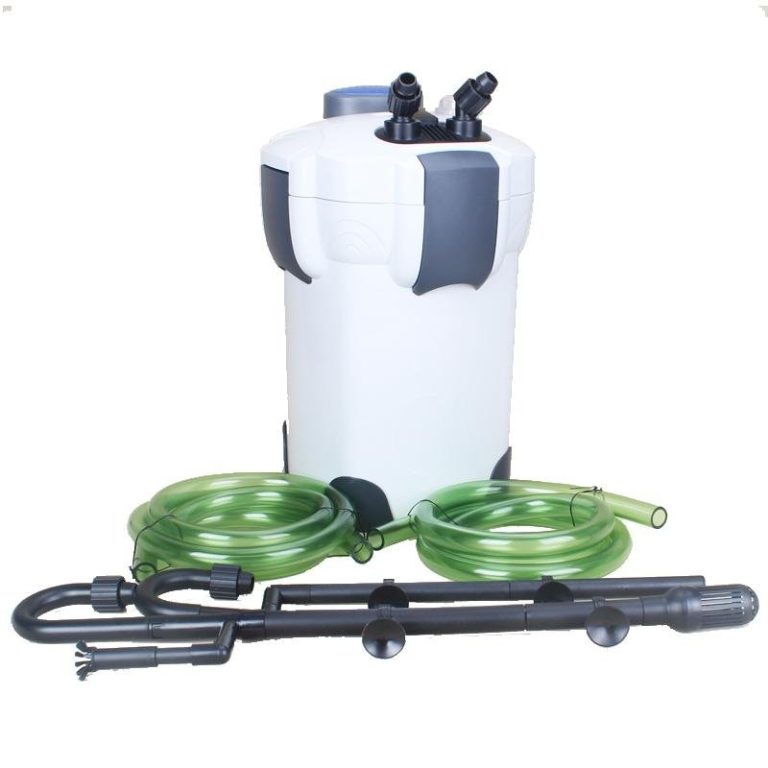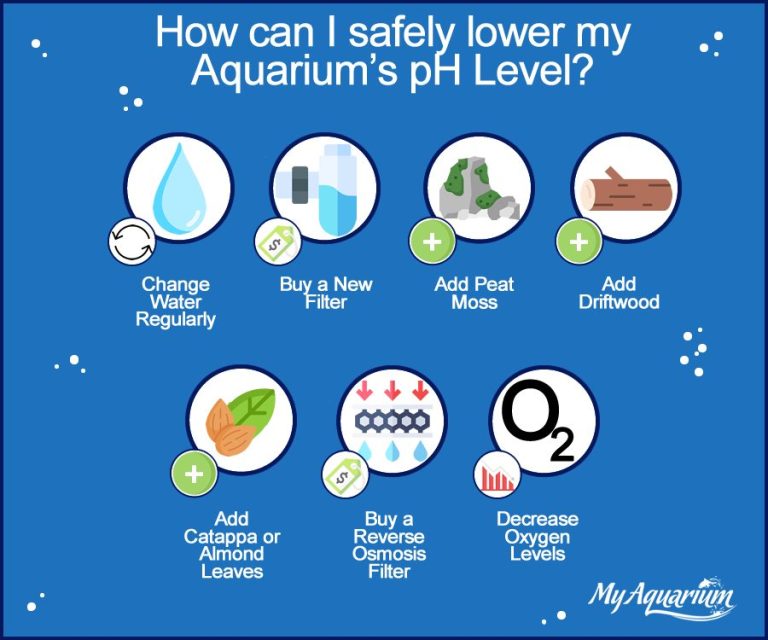Boost Your Water Quality: How to Raise Kh in Aquarium
To raise kh in an aquarium, add baking soda or a commercial buffer. Maintaining the proper alkalinity levels in an aquarium is crucial for the health of fish, plants, and invertebrates.
One important parameter to consider is the kh, or carbonate hardness, which measures the ability of water to resist ph changes. When kh levels are too low, ph can fluctuate rapidly, causing stress and potential health problems for aquarium inhabitants.
Fortunately, raising kh is a relatively simple process that can be accomplished with a few easy steps. This article will explore the various methods for raising kh, as well as the benefits of maintaining proper kh levels in your aquarium.

Credit: badmanstropicalfish.com
Understanding Kh: The Role It Plays In Aquariums
If you’re an aquarium enthusiast, you’ve probably come across the term kh a few times. Kh, or carbonate hardness, refers to the acidity levels of water. Kh plays a critical role in maintaining a healthy aquarium environment. It can affect the ph level of the water and the health of the fish.
We’ll help you understand what kh is and why it’s important.
What Is Kh And Why Is It Important For Aquarium Water Quality?
Kh refers to the amount of carbonate and bicarbonate ions present in the water. These ions help to buffer the ph level in your aquarium. Aquarium water with low kh is more susceptible to ph fluctuations, leading to stress and potential health problems for your fish.
Kh also impacts the growth of healthy bacteria in the aquarium. Healthy bacteria are responsible for breaking down fish waste and other organic debris, keeping the water clean and safe for your fish.
How To Measure Kh Levels In Your Aquarium?
It’s essential to measure the kh levels in your aquarium regularly. You can use a kh test kit to do this. The kit will contain a chemical that changes color when added to the water. Follow the instructions provided in the kit to test the kh levels.
What Is The Ideal Kh Range For Different Types Of Aquariums And Fish?
Different types of fish require different kh levels. Generally, a kh range of 3-8 is considered ideal for most aquariums. However, some fish, such as african cichlids, require a kh range of 10-20.
Here’s a breakdown of the ideal kh ranges for specific types of aquariums and fish:
- Tropical freshwater aquarium: 3-8 kh
- African cichlid aquarium: 10-20 kh
- Saltwater reef aquarium: 7-10 kh
When it comes to maintaining optimal kh levels, it’s essential to monitor it regularly. Testing kh levels in your aquarium is easy, so make sure to add it to your regular maintenance routine.
Kh is an essential component of maintaining a healthy aquarium environment. By understanding kh and its role, you’ll be able to maintain optimal water quality for your fish. Regular monitoring and maintenance will help to ensure that your fish remain healthy and happy.
Factors Affecting Kh: How To Control And Maintain Optimal Levels
Identifying And Addressing Factors That Affect Kh Levels (E.G. Ph, Water Hardness)
Maintaining optimal kh levels is crucial for the health and well-being of your aquarium’s inhabitants. Several factors can affect kh levels, including ph and water hardness. Here’s what you should know about addressing these factors:
- Ph levels: Low ph can decrease kh levels, while high ph can increase them. Check your aquarium’s ph regularly and adjust as needed to keep it in the ideal range of 7.2-8.5.
- Water hardness: High water hardness can increase kh levels, while low water hardness can decrease them. Test your aquarium’s water hardness and adjust as needed to keep it in the ideal range of 4-8 degrees.
Techniques For Raising And Lowering Kh Levels
If you need to adjust kh levels in your aquarium, there are several techniques you can use. Keep in mind that it’s best to make gradual changes to avoid stressing your aquarium’s inhabitants. Here are some techniques to consider:
- Adding kh buffer: This is the most common method for raising kh levels. Choose a high-quality kh buffer and follow the instructions for your aquarium size. Avoid adding too much at once, as this can cause the ph to spike.
- Using reverse osmosis water: If your kh levels are too high, using reverse osmosis (ro) water to partially replace your aquarium’s water can help lower them. Ro water has a very low kh level, so it can dilute the kh levels in your aquarium.
- Increasing water changes: Regular water changes can help reduce kh levels over time. If your kh levels are too high, try increasing the frequency or volume of your water changes.
Factors To Consider When Choosing Kh Supplements
When choosing a kh supplement, it’s essential to consider several factors to ensure you choose the right product for your aquarium. Here are some key things to look for:
- Quality: Choose a high-quality kh supplement from a reputable brand. Check reviews and ask for recommendations from experienced aquarium owners.
- Compatibility: Some kh supplements may not be compatible with certain aquarium setups or inhabitants. Read the label carefully and check with an expert if you’re unsure.
- Dosage: Follow the instructions carefully when adding kh supplements to your aquarium. Too much can cause ph spikes, while too little may not be effective. Keep track of how much you add and how often.
Kh Maintenance: Best Practices To Ensure Optimal Water Quality
As an aquarium owner, it’s important to maintain optimal water quality to ensure the health and growth of your fish. Kh (carbonate hardness) is a crucial element in aquarium water, as it helps to stabilize ph levels. In this section, we’ll go through the best practices for routine water changes and aquarium maintenance, the benefits of maintaining optimal kh levels, and how to balance kh levels with other water parameters.
Best Practices For Routine Water Changes And Aquarium Maintenance
Routine water changes and proper aquarium maintenance are crucial for the overall health of your aquatic pets. Here are some best practices to follow:
- Test the kh level of your aquarium water regularly, and ensure it is within acceptable levels for your fish.
- Change 10-15% of aquarium water every week to maintain water quality and remove any waste and debris.
- Clean the aquarium filter regularly, as it plays a critical role in maintaining water quality.
- Ensure the temperature of the aquarium water is at the right level for your fish.
The Benefits Of Maintaining Optimal Kh Levels For Fish Health And Growth
Maintaining optimal kh levels is essential for the health and growth of your fish. Here are some benefits of adhering to kh maintenance:
- Kh helps to stabilize ph levels, which is essential for the well-being of aquatic creatures.
- It creates a healthy environment for your fish to live in, promoting healthy growth and a strong immune system.
- Proper kh maintenance helps to prevent fluctuations in ph levels, which can be harmful to fish.
How To Balance Kh Levels With Other Water Parameters
Balancing kh levels with other water parameters is crucial to ensure optimal water quality. Here are some ways to balance kh levels:
- Ph levels: Monitor your aquarium’s ph level and ensure it is within a safe range for your fish.
- Temperature: Keep your aquarium water temperature steady to prevent stress on your fish.
- Dissolved oxygen: Ensure there is enough dissolved oxygen in the water for your fish to breathe.
- Ammonia and nitrite levels: Monitor ammonia and nitrite levels as high levels can be toxic to fish.
Maintaining optimal kh levels is essential for healthy fish growth and development. By following the best practices for routine water changes and aquarium maintenance and balancing kh levels with other water parameters, you can maintain a healthy environment for your aquatic pets.
Frequently Asked Questions On How To Raise Kh In Aquarium
How Does Kh Affect Aquarium Water?
Kh (carbonate hardness) plays a crucial role in regulating the ph level of aquarium water. It acts as a buffer against sudden ph changes and helps maintain the ideal ph level for your fish and aquatic plants.
What Causes Low Kh Levels In Aquarium?
The main reason for low kh levels in an aquarium is the absence of carbonate and bicarbonate ions in the water. This can be due to several factors, such as adding purified water, insufficient buffering elements, or decaying organic matter.
What Is The Ideal Kh Level For An Aquarium?
The ideal kh level for an aquarium is between 3-8 dkh (degrees of carbonate hardness). A lower kh level can lead to sudden ph drops, causing stress to your fish and plants, while higher kh levels can make it difficult for aquatic plants to absorb essential nutrients.
How Can I Raise Kh In My Aquarium?
To increase kh levels, you can add commercially available kh buffers to your aquarium saltwater. Alternatively, you can use alkaline baking soda or limestone chips to raise carbonate hardness levels gradually. However, ensure that you’re monitoring the ph and kh levels regularly.
Is Raising Kh Harmful To Fish?
Raising kh levels in your aquarium is necessary to maintain water stability and prevent sudden ph drops. However, high kh levels can be harmful to some fish species like discus, so it’s crucial to maintain an ideal kh level based on the type of fish and plants you have in your aquarium.
Conclusion
Ensuring the right kh level is vital to maintaining a healthy environment for your aquatic friends, and several factors can influence kh levels in your aquarium. A good understanding of these guidelines – testing water, introducing new water, adding buffers, controlling ph, and monitoring alkalinity -can assist in raising kh.
However, it’s imperative to perform all changes gradually so that you don’t shock your aquatic friends. Remember, sudden changes in kh levels can cause significant damage and even death to your aquatic creatures if not properly monitored. Regularly monitoring your kh levels can prevent any unwanted fluctuations, ensuring a healthy and stable environment for your aquatic friends.
Always do your research, be patient and mindful to offer your aquatic friends the perfect environment to thrive in!






